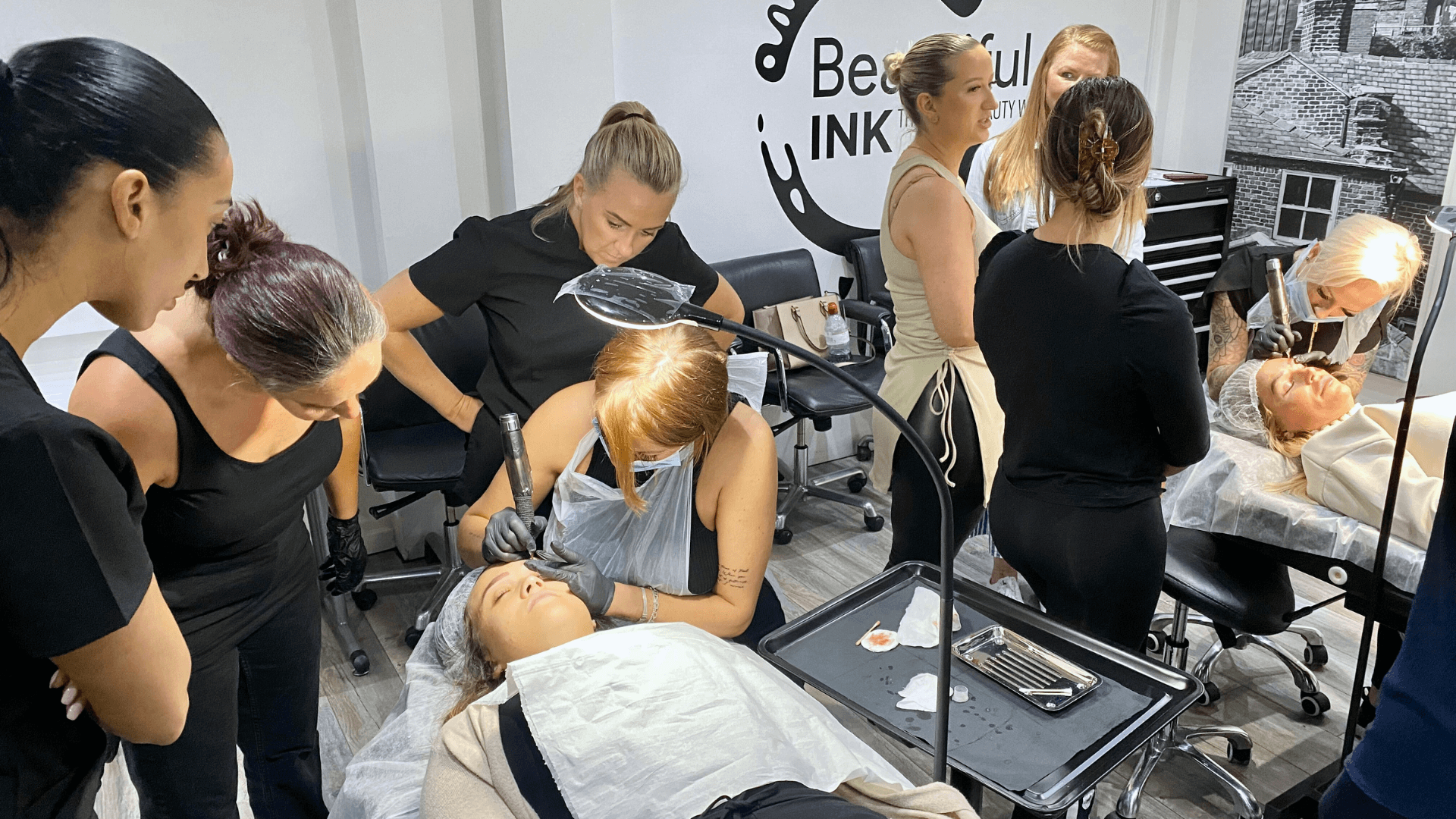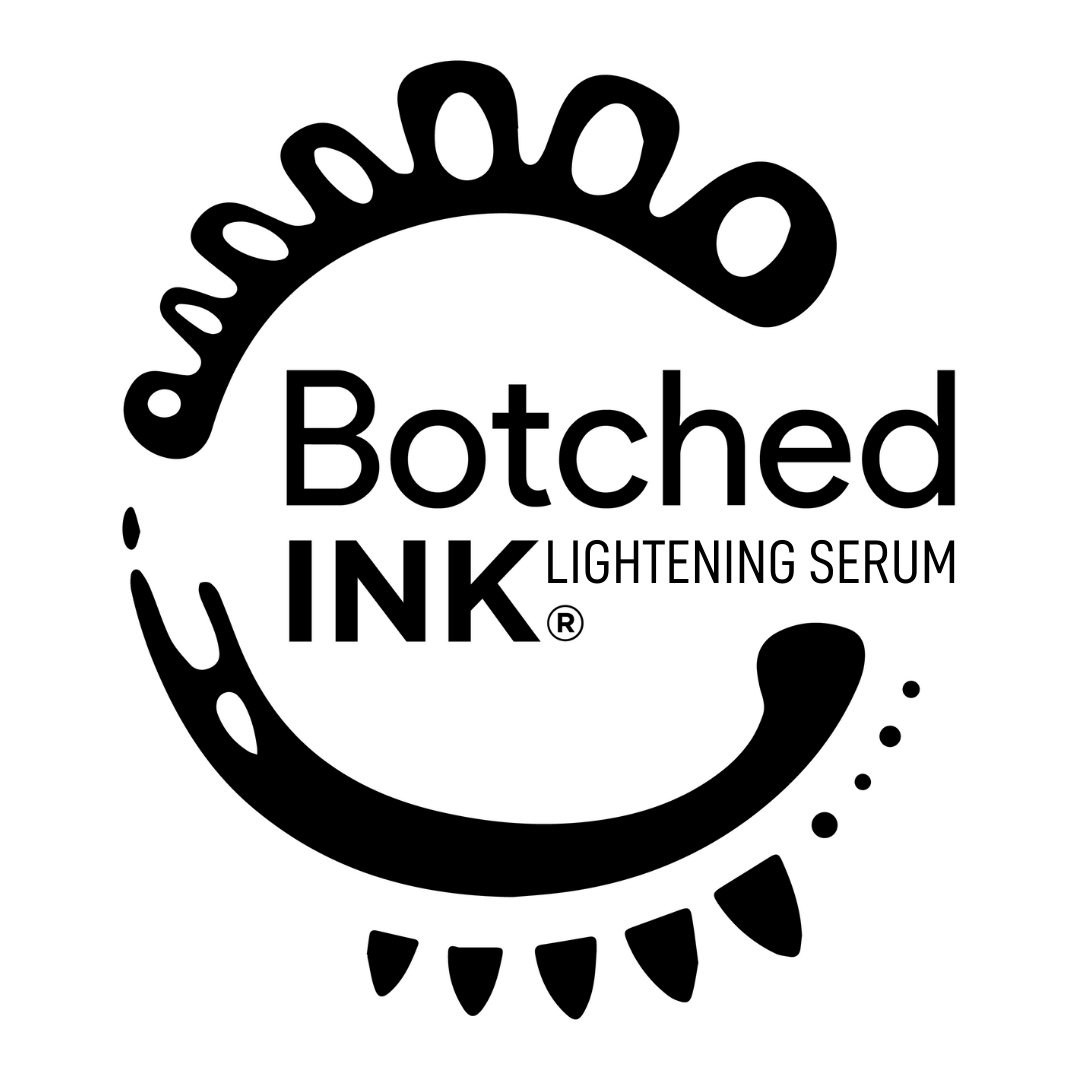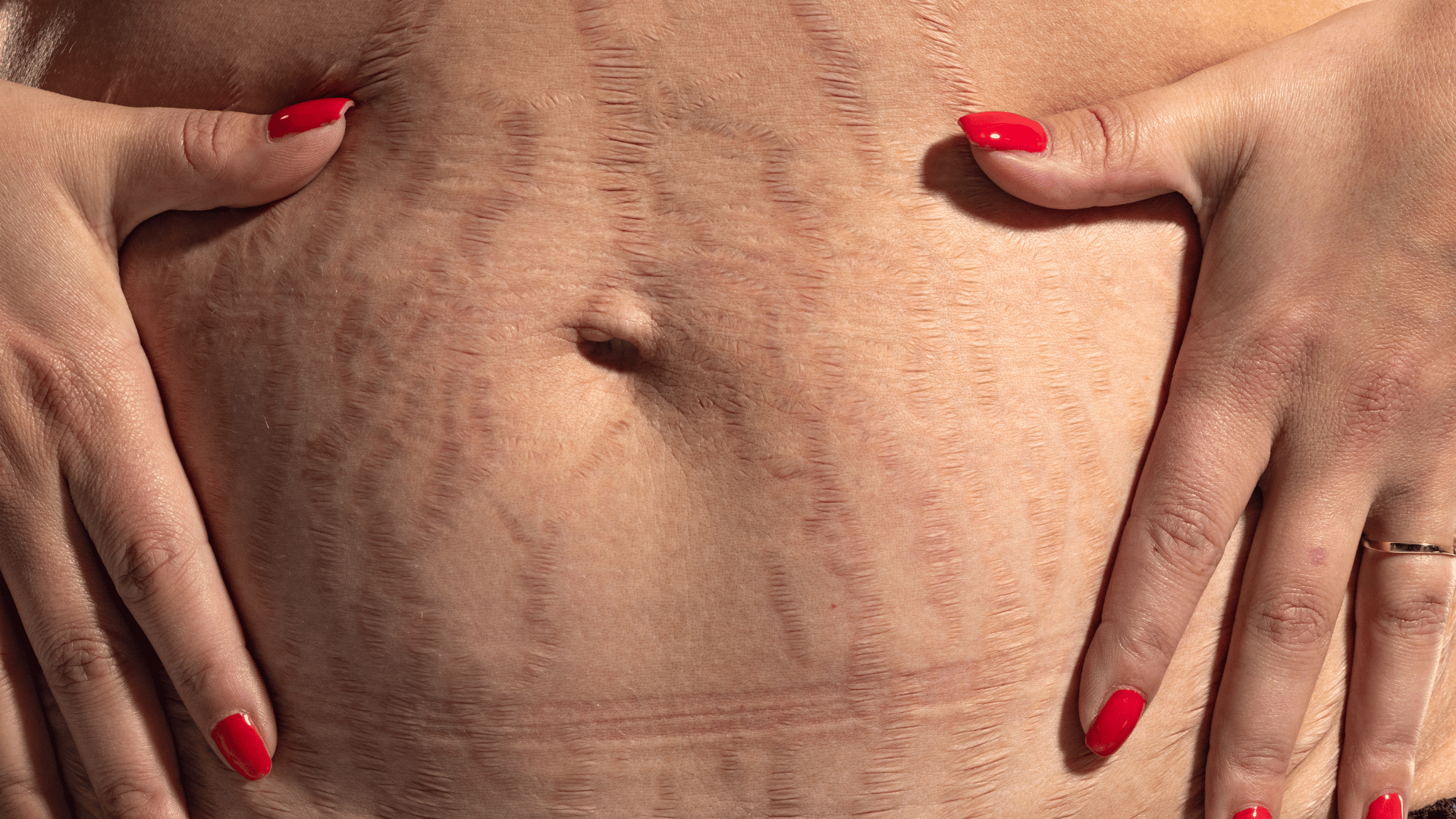

First published on 3rd June 2014, in the Consulting Room
Dry tattooing (also known as MCA Micro Needling) is an exciting alternative treatment that works directly on damaged skin, relaxing and smoothing scars, also reducing stretch marks.
Any micro-needling treatment essentially brings new life into damaged skin, and using a digital tattoo machine is a very quick way and precise way of making this happen. No pigment is tattooed into the skin, however, pigmentation begins to normalise as a result
Dry tattooing is not a new service to the market, but it’s not widely heard of outside of hospitals where it’s better known as MCA Micro-Needling. MCA Micro-Needling is an advanced course available to those already specialising in cosmetic and medical tattooing. Clients generally hear about this treatment by referral from a doctor or consultant.
At my clinic, Skin Confidence in Brighton, I’ve decided to call this treatment dry tattooing.
It’s a term more easily understood by the public whom I’m aiming my service at. Dry tattooing distinguishes the treatment from other micro-needling, skin needling treatments such as the derma roller or Derma Pen
Using the same principles of causing the growth of healthy new collagen as a derma roller, dry tattooing works on the specific areas of affected skin only i.e. each stretch mark and only the scar. Areas that are not affected are not treated.
The digital tattoo machine causes blood to come into the treated area, without removing the top layers of skin. Over the weeks and months, new collagen is formed i.e. healthy new skin rather than poor quality scar tissue, stretched or creased skin. A 20-50% improvement can be seen in just one session, with a course of 3 recommended for best results.
Dry tattooing can be used on all colours of skin, with only dark skins prone to over pigmentation and keloid scarring advised not to go ahead. Once approved for treatment, scarring, hypo or hyperpigmentation are unlikely risks, as no heat is used and the surface of the skin is not removed.


Before (top) - Fine silvery stretch marks on inner thigh, skin area is lacking elasticity. Treatment area size 4 hands
After (bottom) - 3 sessions and 3 months of healing. Stretch marks have tightened and the thin skin is filling up. The area will still be developing over the coming months and any further sessions would use a Derma Roller to tighten as we did not do a combined treatment.


Before (top) - Stretch mark reduction for fine silvery stretch marks on skin area with good elasticity. Duplicate area on other side, total area size 3 hands
After (bottom) - These results are after one session and a small trial patch. A second treatment was carried out and my client was surprised I still found stretch marks, as she could not see them. Normal pigmentation has almost completely returned to the treated areas. Dry tattooing uses no pigment, this happens naturally in most cases. The stretch marks are still there and will develop and blur over the coming months. Results are very individual


Before (top) - Treatment area size 1 hand (soft, thin scar)
After (bottom) - Facelift Scar Reduction, improvement after one visit, second visit was carried out. Scar tissue in front of ear almost returned to normal, area behind ear achieved less of an immediate result. Treatment area size 1 hand (soft, thin scar)
Expected results for stretch marks
If skin lacks elasticity or is loose, like on the bust or tummy, whilst dry tattooing will firm any stretch marks, the rest of the skin will still look loose, and the stretch marks less likely to blur away. A combined Derma Roller/Dry Tattooing treatment would be suggested to tighten any loose skin, this can be carried out in the same session.
If the skin has good elasticity, fine, silvery-white stretch marks are likely to disappear after 2 or 3 treatments. Colour begins to naturally return, the shine of thin skin disappears and the stretch marks thicken and tighten and blur into normal skin.
Medium and wide stretch marks are more difficult to treat and a client’s expectations need to be well managed. If the skin is tighter, and the marks looking and feeling firmer can be accepted as a result, then all is well as any result more than this would be very individual and medium to wide stretch marks disappearing is unlikely. Medium to wide stretch marks needs to be treated while they are fresh, still very pink or red, to get any result and this would be with specific creams rather than any needling
Finally, if stretch marks are already normal skin colour and not shiny or striated, it's harder to see any difference of skin thickening, until they blur into normal skin. It's unpredictable how much this will happen for medium and wide stretch marks.
Natural re-pigmentation of scars and stretch marks
After dry tattooing, with new life brought into damaged tissue, natural pigmentation starts to return. This can be helped by gentle sun exposure. This means white and shiny scars and stretch marks blend away, and shades of pink and brown scars begin to normalise, often turning white before normalising
A pilot randomized control trial of scar Re-pigmentation with UV light and dry Tattooing
Objective: This study assessed the utility of focused scar injury with an ink-free tattooing technique combined with UV light exposure for the treatment of hypo-pigmented cervico facial scars.
Conclusions: Dry-tattooing followed by UV light exposure may provide a safe and effective means for the treatment of hypo-pigmented scars.
Original Article Michael G. Brandt, Corey C. Moore, Anne E. Conlin, John D. Stein, and Philip C. Doyle


Before (top) - Scarring of various textures, many raised, soft and wide. Pain factor, during the treatment my client found this area a bit twitchy, but not really painful. She reported her arm was a little painful the next day, and was very itchy Itchy is good, new life into the area.
After (bottom) - Results after one session Scars look whiter as they are now firmer and smoother. Gentle sun exposure will help the new tissue to naturally re-pigment over the coming months and the scar will blur into the surrounding skin. Second treatment was carried out


Before (top) - Operation scar, scar is pink and tissue irregular. Treatment area size 1 hand. £150 per session or £400 for course of 3. Pain factor, my client found the ends of the scar very ticklish, no pain was reported.
After (bottom) - Result after one session. Scar is now totally smooth and redness has gone. Scar looks whiter as it is now firmer, gentle sun exposure over the coming months will return new tissue to normal colour. Second treatment was carried out
Expected results for scars
Loose scars respond just like stretch marks, dry tattooing causes new collagen growth to the thin and stretched tissue, helping to create firmer skin.
As new tissue grows in response to dry tattooing, miscoloured scar tissue achieves a more natural tone, and white scars return pigmentation. No pigment is used, this is the bodies natural reaction to scar tissue being needled, and dry tattooing being the most precise and intense form of it.
Dry tattooing also relaxes the fibres of tight scar tissue, with restricted scars or burns softening, allowing a much larger range of movement. Atrophic and Hypertrophic scars are smoothed, with pitted acne scars being treated individually. The finest needles can be used, chosen depending on the scar to be treated
Active keloid scars cannot be treated. Inactive keloid scars can be treated with discretion, and not all raised scars are keloid. Active keloid scars grow, cause pain, itching and numbness. Inactive keloid scars do not grow and their colour is pinkish or normal skin colour
Scar reduction - Managing expectations
There isn’t the same emotional attachment to stretch marks as there is to a scar one thinks unsightly
It takes some doing to mentally revisit a scar and hope to improve it, especially if it was a traumatic experience. This is why on my website I have chosen to show the immediately after treatment photos, so clients know exactly what to expect
I believe bodies have painful memories, and I see my clients, just before I start treatment, suddenly remembering that it hurt to create, surely it’ll hurt to treat… forgetting that they’ve had numbing cream on the area for at least 30 minutes
How much a scar improves is very individual, and results can’t be promised, but we’re giving the body a chance to re-heal in a more controlled manner, rather than the rush of scar tissue that formed when the wound was healing. The emotion my clients generally feel is excitement, that they’re doing something that makes sense
Scar tissue is stuck; we’re gently and precisely waking it up so it can heal again. Results don’t happen overnight, you’ll see I add dates to my photos, and one of the reasons I’ll be adding more and more photos to my website is so viewers can see there are no standardised before and after photos. There is nothing to judge your result against, only seeing each person’s scar improving.
I recommend 3 dry tattooing treatments, and then leave the area to settle and develop for about 4 months before considering having any more. Some clients book these treatments regularly; others wait to see a development before returning. I’m of the view the 3 sessions of regular stimulation will work best, as ultimately we want to stimulate the skin so it can re-heal












